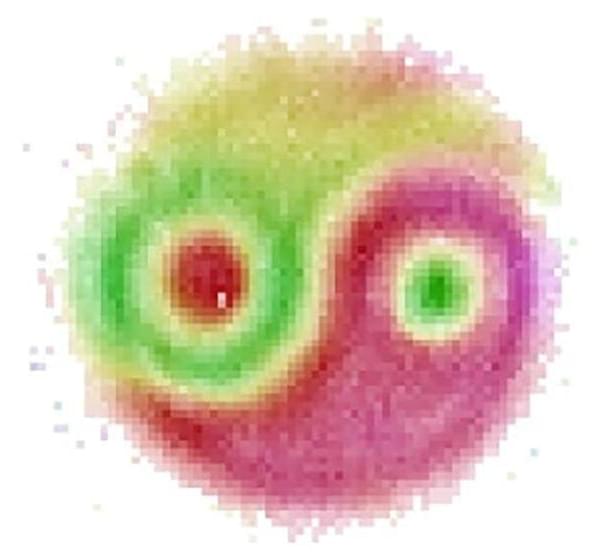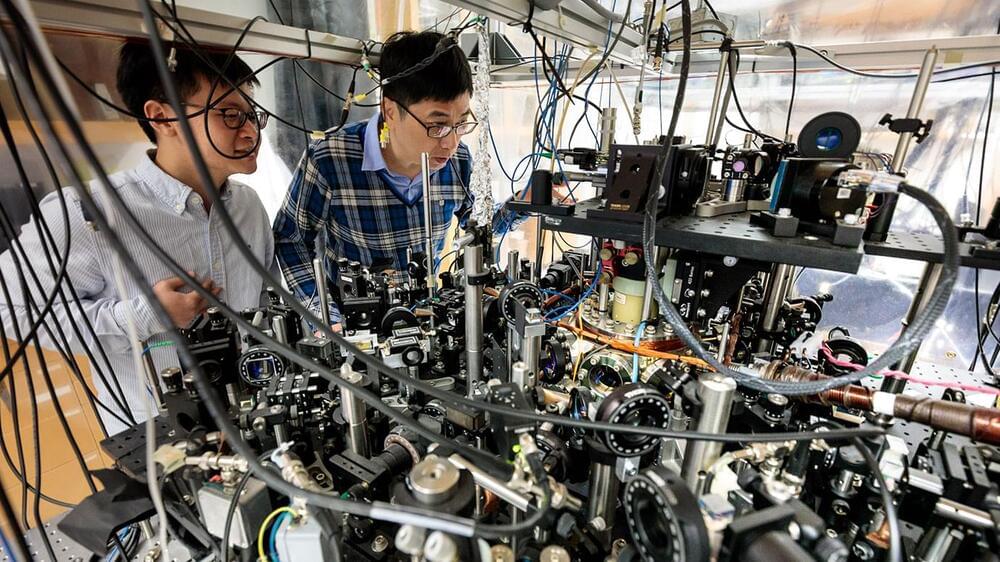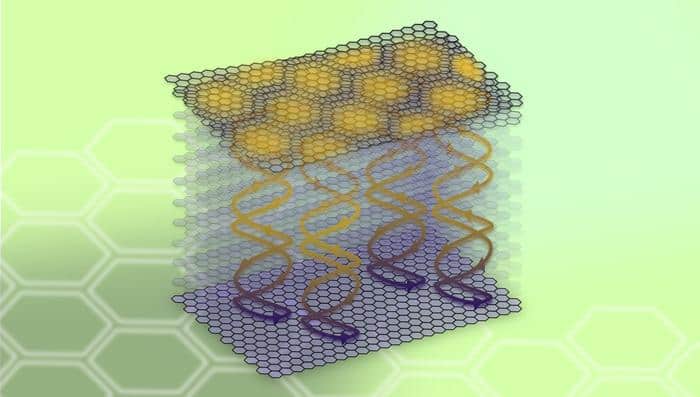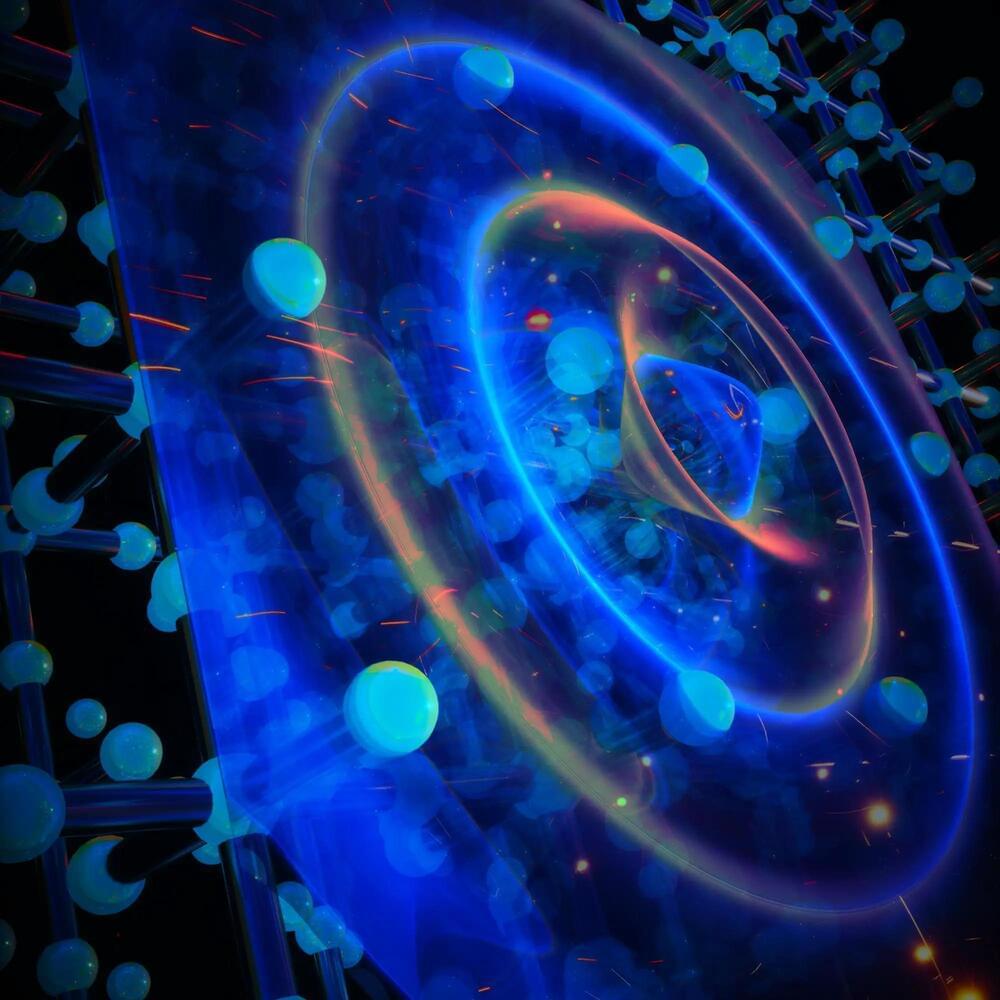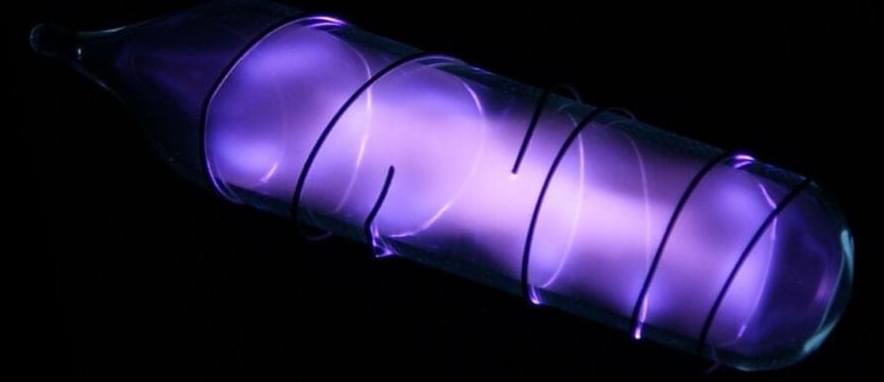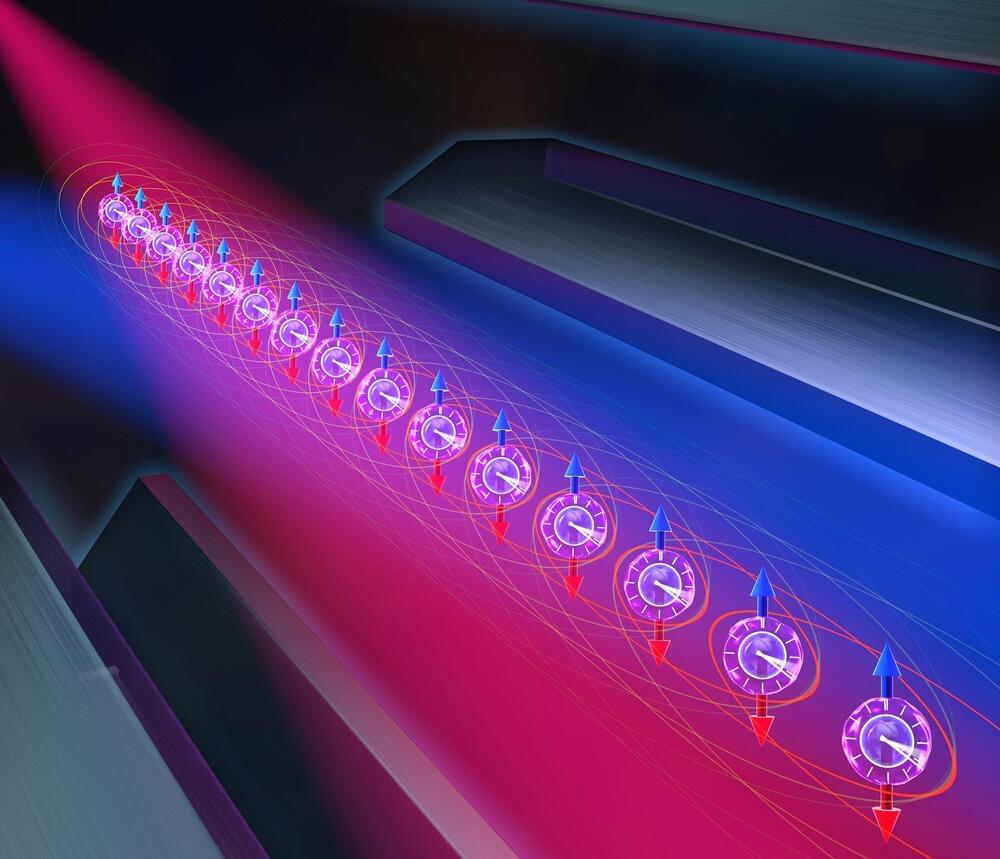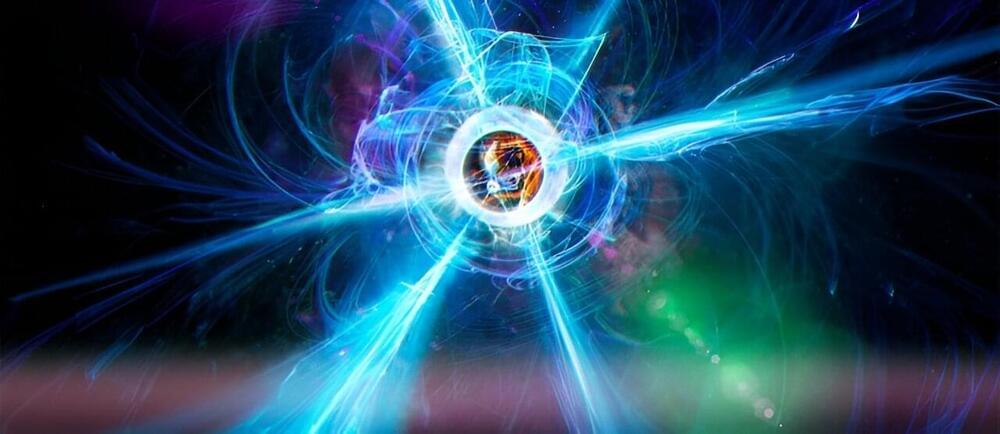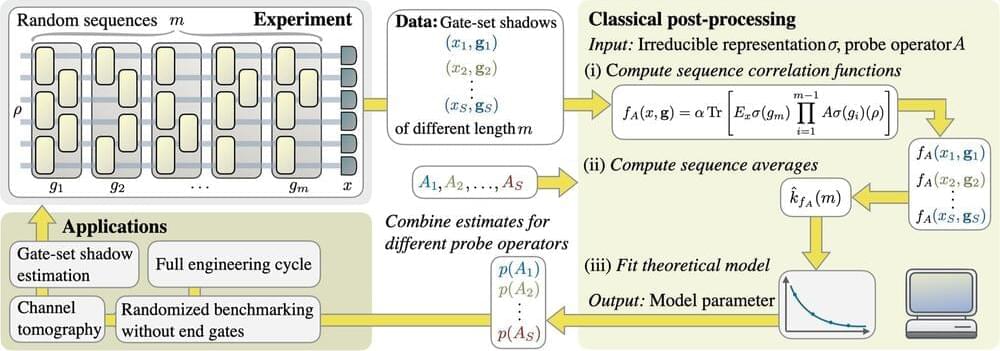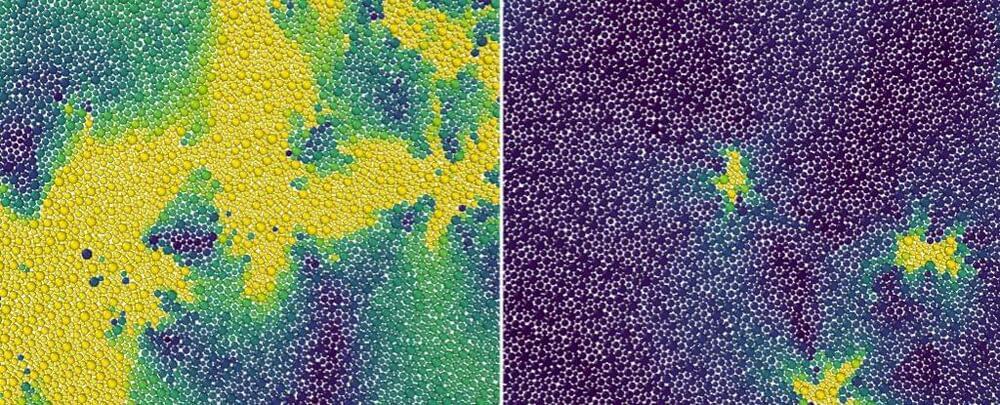The mysterious phenomenon that Einstein once described as “spooky action at a distance” was seen as a wavefunction between two entangled photons.
Quantum physics, the realm of science that describes the Universe at the smallest scales, is known for its counter-intuitive phenomena that seem to defy every law of physics on an everyday scale.
Arguably none of the aspects of quantum physics are as surprising or as troubling as entanglement, the idea that two particles can be connected in such a way that a change to one is instantly reflected in the other, even if the two particles are at opposite sides of the Universe. It’s the word “instantly” that troubled Albert Einstein enough to describe entanglement as “spooky action at a distance”.
